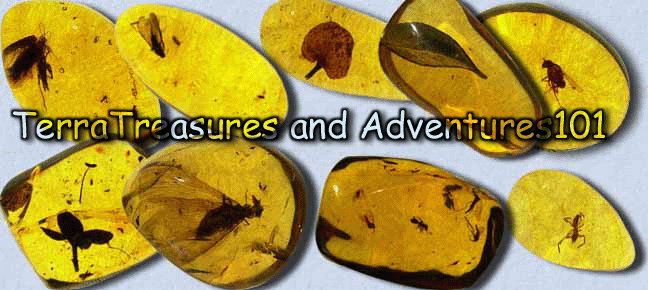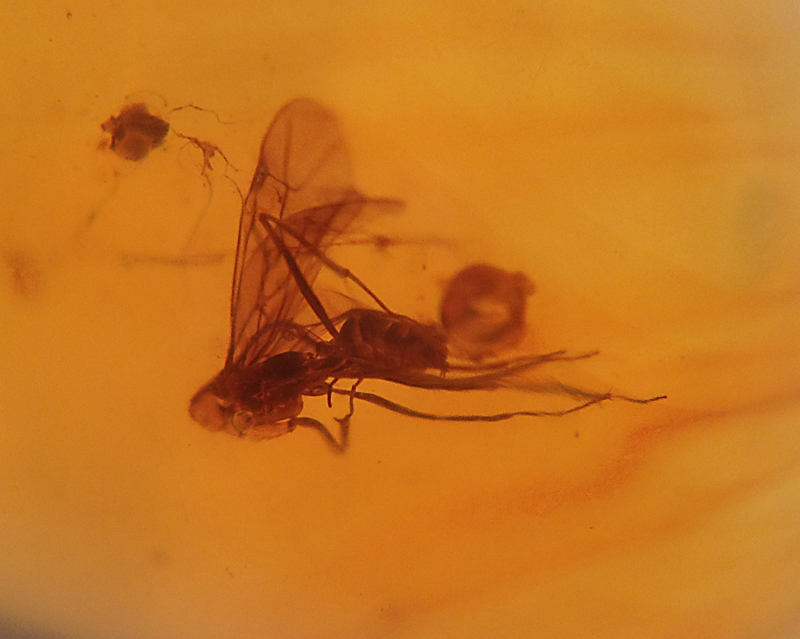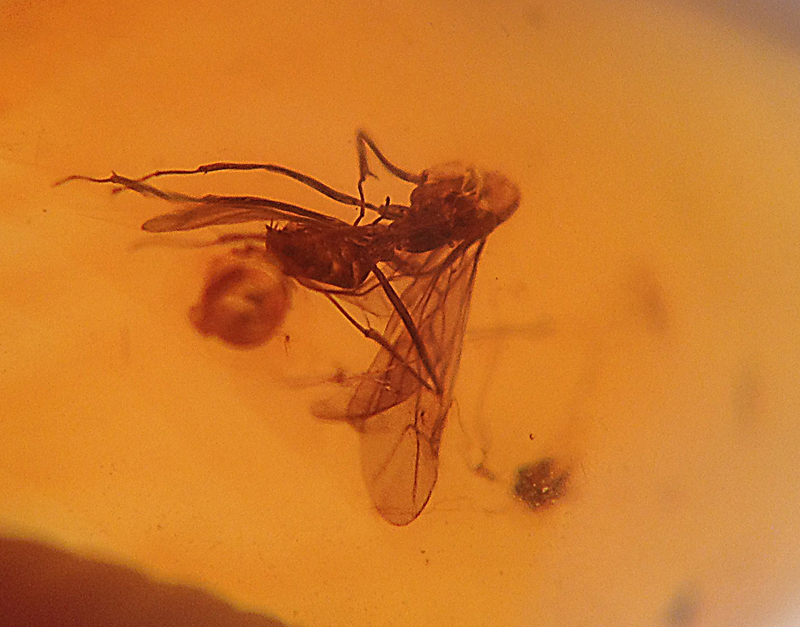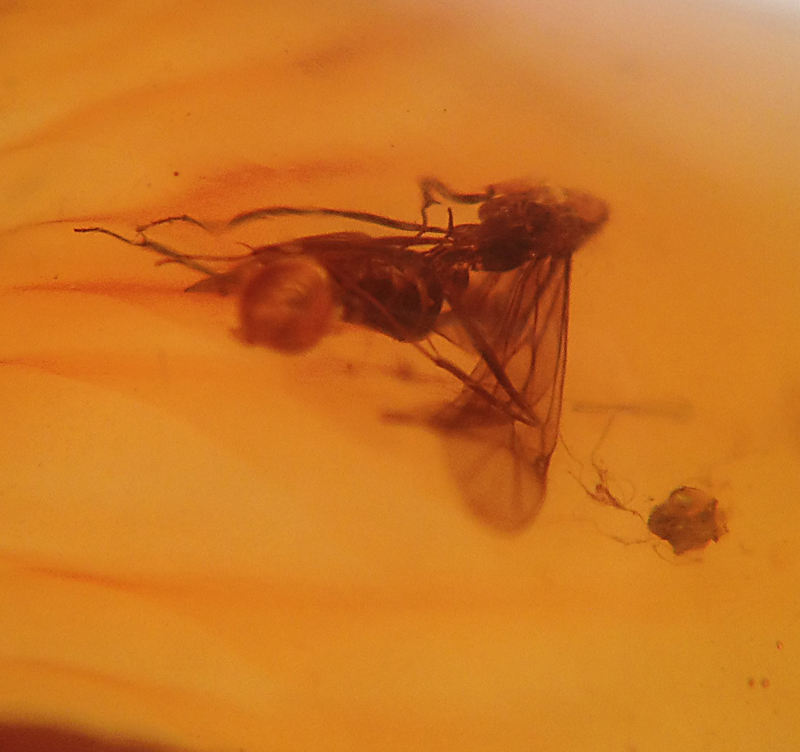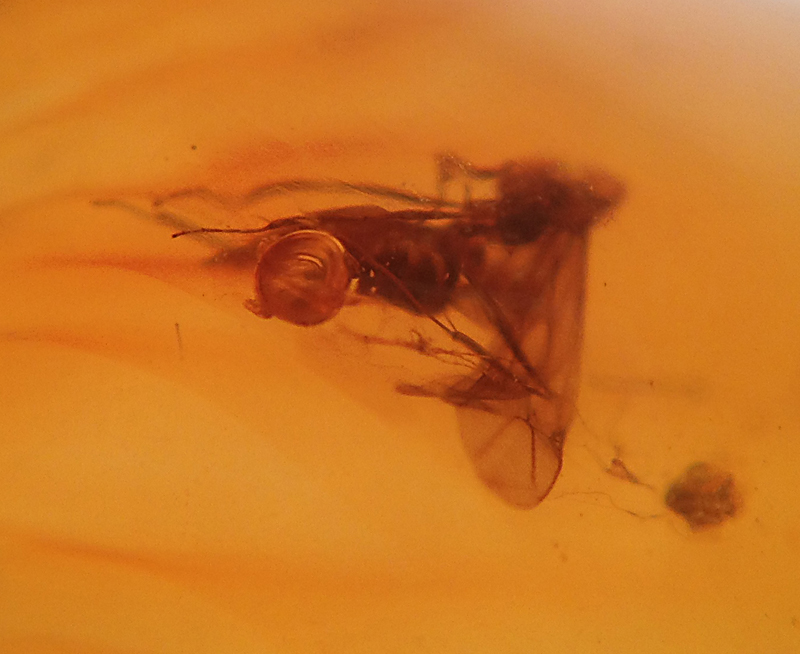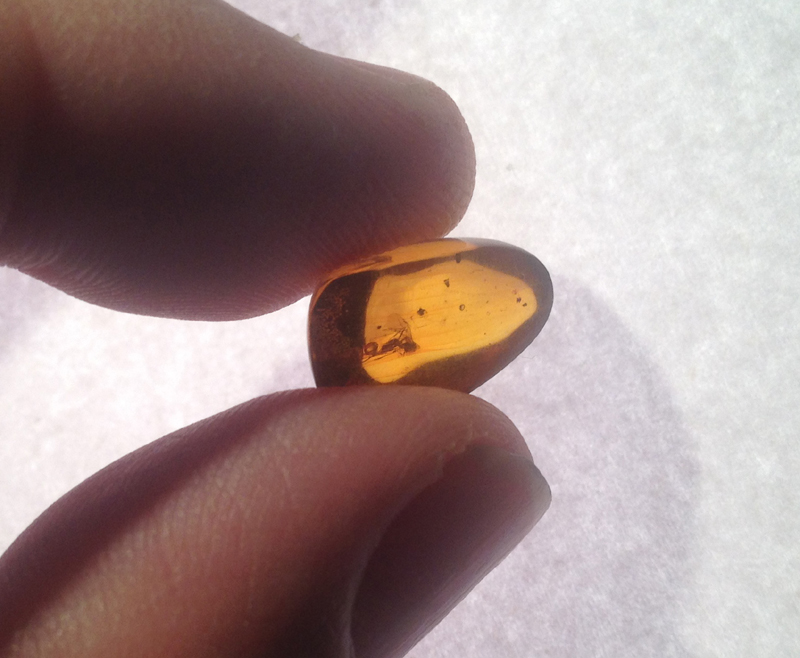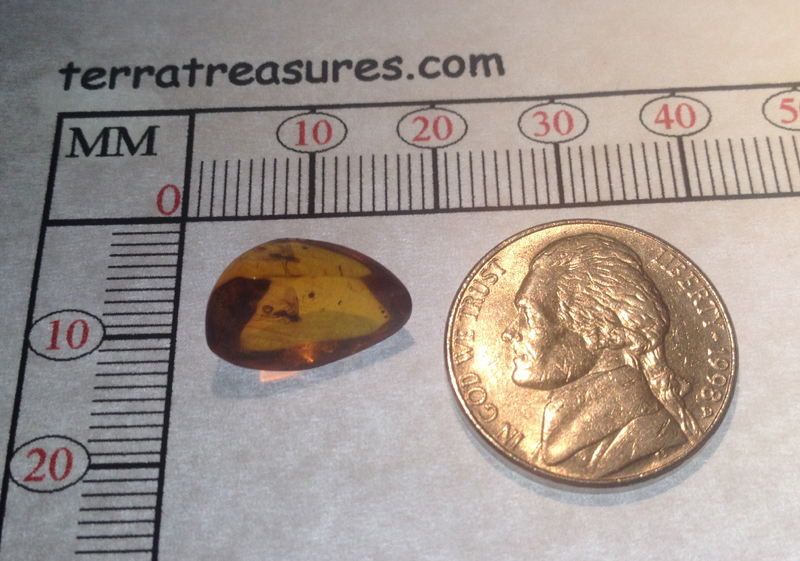|
About
Us
We have
been collecting amber in the field and prepping rough fossil amber specimens
since 1993. Photographs of our specimens have appeared in National
Geographic, Nature, Science, Scientific American, Discover, Time, Newsweek,
The New York Times and others. We have been featured in BBC’s production,
PaleoWorld's The Amber Hunters. We offer authentic museum quality Dominican and
Burmese (Burmite) Amber display specimens of rare insects in amber and also
authentic rare rough unprepared amber for sale. We have traveled many times
to the Dominican Republic where we have chiseled beautiful amber gemstones
out of the lignite layers deep in the amber mines north of Santiago. We have
excavated in the Palo Quemado and Los CaCaos blue amber mines and also in La
Nueva Toca and the world famous La Toca amber mines way up in the mountains
north of Santiago. For many years we have extensively collected mid
Cretaceous New Jersey amber in the Raritan formation of central New Jersey
and have traveled many times to collect late Cretaceous and early Paleocene
amber in the Hanna formation of eastern Wyoming. We have collected mid
Cretaceous amber in the Black Creek formation of eastern North Carolina and
we have spent weeks collecting mid Cretaceous amber in the northern most
Tundra of Alaska. Some of our collecting trips have been in October of 2003
to the western Aleutian Islands some 1000 miles west of Anchorage
to explore and collect Miocene amber, August of 2004 and April of 2006
we were back in the Dominican Republic to collect Miocene amber from the Palo
Quemado amber mines which have recently closed due to the miners finding
little amber, we were back to the Dominican Republic in April of 2006 to
video in the La Toca amber mines, and in August of 2007 we excavated in La
Toca and La Bucara. We’ve collected Eocene amber in western Indian in the
Cambay amber formation. We've done excavations in the Dominican Republic in
2012, 2014, and 2016. Most Recently we have just returned from 2 collecting
trips to a Eocene amber deposit in the southern United States in 2017.
We have
donated many hundreds of amber specimens to museums in the United States and
have several dozen new species of insects in amber named after us. We have
examined several thousand specimens of rough Burmese amber and have prepped
many new Burmese fossil amber specimens. We have traveled to Europe with
colleagues to examine unusual spectacular Dominican Amber specimens in
private collections and we consider the amber curators of the museums in
Santo Domingo, Puerto Plata and New York City our friends. Exploring for and
collecting amber along with the examination and research of amber is our
passion.
|
